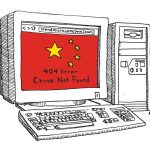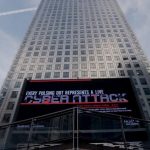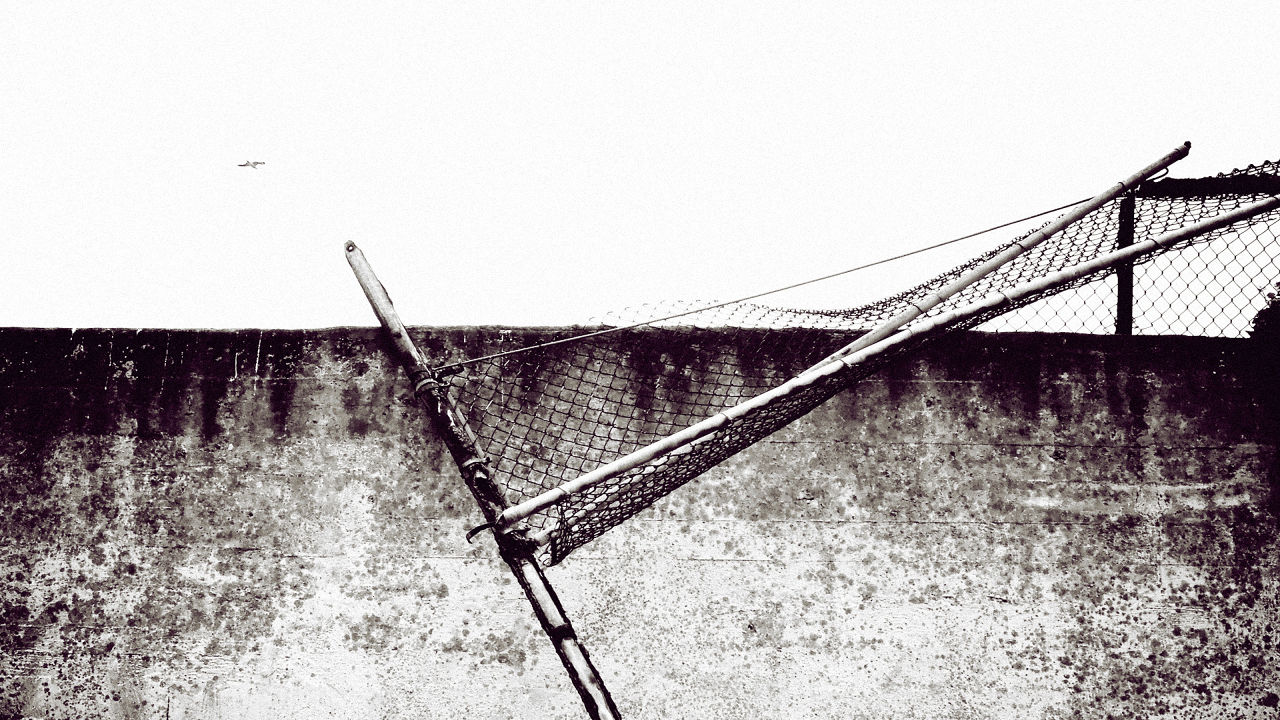Researchers Say The Juniper Hack might be The Work of government–but Which One?
The federal government has reportedly joined the investigation of the hack—which specialists say can be the work of spies here or in a foreign country.
December 23, 2015
As researchers discover extra about two vulnerabilities recently patched in some Juniper Networks firewalls, the safety neighborhood continues to speculate about who inserted what Juniper known as “unauthorized code” into the corporate’s firewall working machine ScreenOS.
security experts instructed that probably the most safety holes in particular, which Juniper warns could allow eavesdroppers to decrypt VPN site visitors to a couple of its NetScreen firewalls, may be the work of the nationwide safety company or any other undercover agent agency out of the country.
“there is no strategy to become aware of that this vulnerability was exploited,” Juniper suggested.
the corporate indicated it has no proof that either that weakness, or a second vulnerability introducing a secret password that enables any person to remotely take control of the firewalls, has in fact been used. U.S. legislation enforcement companies have reportedly joined Juniper in investigating how the code got here to be within the firewalls, which can be used by large corporations and govt businesses to steady their networks, Reuters pronounced Tuesday.
still, the information of the vulnerabilities comes at a time when the U.S. tech trade is especially jittery about both the dangers of hacks by means of knowledgeable attackers in another country and a push through home officials to create ways for the federal government to get admission to encrypted communications. Days after Juniper’s announcement of the safety holes, rival Cisco introduced that it had undertaken a precautionary evaluate of its personal code—and reiterated that the company has a company “no backdoor” policy.
“Our construction practices namely prohibit any intentional behaviors or product features designed to allow unauthorized device or network get admission to, publicity of delicate software data, or a bypass of safety features or restrictions,” wrote Anthony Grieco, the pinnacle of Cisco’s belief strategy workplace, on a company blog.
whereas Juniper has been tight-lipped in regards to the details of the two vulnerabilities seeing that asserting their existence and releasing a restoration on Friday, researchers reverse-engineering the patches have decided the VPN problem relates to an algorithm used to create randomized encryption keys. The algorithm, referred to as Dual_EC_DRBG, was developed by the national Institute of standards and expertise with lend a hand from the NSA. reviews in 2013, based on materials leaked by way of Edward Snowden, suggested the company had inserted a backdoor letting it predict random numbers generated by using the pursuits and decode messages they’re used to encrypt.
Juniper has stated that its use of the algorithm isn’t prone to that hack, and the company it sounds as if uses different values for a selected algorithm parameter, referred to as Q, than that advisable in the NSA-influenced standard, consistent with a Tuesday blog submit with the aid of Matthew green, an assistant professor of pc Science at Johns Hopkins university. Cryptographers have found out that eavesdroppers who can control the value of Q can doubtlessly smash codes the usage of keys generated with the algorithm, green wrote.
And, inexperienced wrote, Friday’s patch changes the value of Q utilized in up to date versions of Juniper’s code to one utilized in previous versions of the running system—suggesting the extra up to date Q price will have made the algorithm prone. And, he argues, the company has never explained the starting place of either value, forcing customers to belief the now-restored parameter is stable.
“The positive view is that they recognized the vulnerability of dual EC and tried to mitigate it with the aid of producing their own parameters,” he wrote in an electronic mail to quick firm. “after all, the concern with that is that any individual who generates their own Q could also generate it maliciously, and give the resulting secrets to a surveillance agency. without some proof that Juniper’s Q worth was once generated safely, we can’t in point of fact distinguish the two instances.”
A Juniper spokesperson declined to remark Tuesday.
The 2nd vulnerability, where a secret password could furnish administrative access to the firewalls, also gave the impression to highlight the velocity with which the keys to hidden backdoors may be disseminated across the web. Ronald Prins, the CTO of Dutch safety firm Fox-IT, tweeted that his firm had determined the hidden password merely six hours after Juniper’s announcement.
“Patch now,” he advised readers.
by means of Tuesday, the password—which seems to had been chosen to resemble an error message formatting template string with a purpose to blend in with surrounding code—was once broadly disseminated across the web and was once even to be had for sale on T-shirts riffing on its resemblance to the title of artwork of warfare creator solar Tzu.
fast company , read Full Story
(6)














